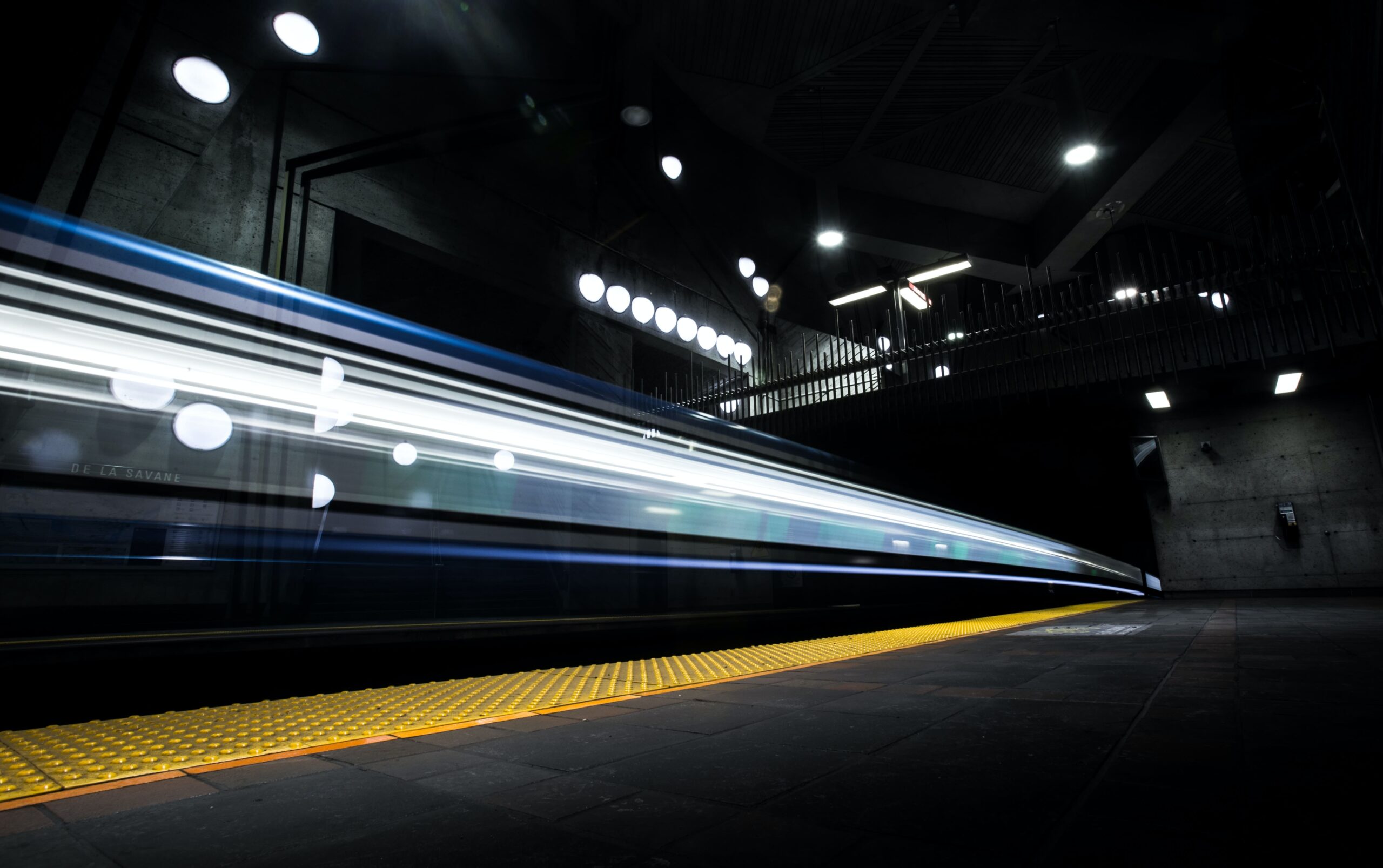
The rail sector has seen numerous technological advances, innovations, and developments over the years, making it one of the safest and greenest modes of transport. Over time, the systems have become increasingly complex, leaving the rail sector facing more interfaces, trains, and legacy equipment to manage and develop.
Covid-19 has made rail innovation and streamlining even more challenging, with passenger volumes dropping to lows of 5% between the beginning of March 2020 to the end of Q1 according to The Office of Rail and Road annual report on the rail industry’s finances for 2019-20.
The industry is now faced with challenges surrounding passenger volumes, consumer change and health and safety regulations alongside technology development.
New technology inclusion: HS1
HS1 was the UK’s first section of high-speed rail, operating from St Pancras International to the Channel Tunnel. It partially initially opened in 2003, but has been servicing the entire route since 2007 – with maximum speeds of up to 300kph for international services and 230kph for domestic.
To attract passengers back on board, one suggestion is to increase the number of high-speed trains. The increased services also provide more money for shareholders which is a positive for the economics of the business – even though it comes at a cost.
Dyan Crowther, chief executive officer HS1, explains: “If HS1 runs more trains, we make more money for the shareholders, that’s good because it keeps them happy, but high-speed rail is expensive.
“A big barrier to growth is our high-cost base, HS1 is readily quoted as being more expensive on track access charges. New technology and innovation can help reduce costs, and we need to ensure we are doing this in a responsible and sustainable manner.”
To keep HS1 trains running at peak efficiency, and at a competitive price, a number of systems have been brought under central control.
Sensors
The HS1 network was recently fitted with sensors, which enable maintenance costs, and potential service disruption, to be mitigated by monitoring. The sensors, which have been placed on lifts, escalators, in stations, point systems and on the rail infrastructure, provide data to monitor the performance of assets.
This allows faults to be assessed remotely, negating the need for a maintenance crew to do an initial assessment on any issue. Crowther says: “Not only we will be able to assess any faults remotely, meaning we can avoid sending out maintenance crews for initial inspections, we are able to dispatch repair teams quicker than before.”
“This will not only save time and money but will ultimately improve delays to services due to infrastructure issues and improve safety for our repair teams.”
Augmented reality
Augmented reality has been introduced at HS1, allowing the team to monitor performance of their stations via a virtually replicated method. The virtual replica allows the detection of faults with station lifts, escalators and signalling equipment along the line.
The data flow between onsite and remote management teams will not only reduce costs, but also allow the teams to make more informed decisions when it comes to rail maintenance.
Augmented reality is frequently pitched as a training aid for staff members within the rail industry. Crowther stressed its importance within the wider industry, saying that it needs to be used more as an operational aid for real-time decision-making, while bringing together multiple information data points.
Crowther explains: “The frontline teams should be brought in early in the development cycle to interpret their requirement to deliver a system that is more user friendly than the legacy approach. Many technologies have failed when it’s easier for the technician or the operator to use paper drawings, data set and experience to make decisions rather than use the new tech.
“Usability is essential. If this type of technology is adopted by the wider rail industry the benefits are huge. It will help rebuild networks that have been disrupted by COVID-19 and keep our workers safe whilst carrying out work socially distance for the foreseeable future.”
Digitalising the signalling systems
Signalling is also a cause of headaches for rail operators. Currently, conventional control, command, and signalling (CCS) delivery involves large costs, high volumes, costly resource dependencies and disruptive access when it comes to maintenance – which impacts the rail operator’s ability to serve customers.
To improve the current signalling system, digital signalling and technology has been suggested to be brought in to reduce costs and improve overall performance.
During ‘Challenges to the industry’ David Shipman, innovations engineering manager in network services, Network Rail noted the three ways this can be achieved. He says: “The sector deal is an agreement between industry and government to tackle the sustainability challenge and bring down the cost of CCS schemes.
“The long-term deployment plan is what the programme is doing to meet our side of the bargain and creating a long-term plan for digital signalling upgrades based on the renewals approach.
“The third element, the Target 190 Plus Research and Development Programme – for which we lead on the topics of survey, design, validation, and testing – is developing the changes to technology capabilities, processes, tools and ways of working.”
At present the signalling technology which is in place sees heavy dependence on a skilled workforce to carry out less skilled, repetitive tasks. The introduction of digital signalling brings with it many benefits such as removing the workers from danger, reducing human errors, leading to more accurate data exchange and shorter process time.

Shipman commented: “The approach we’re taking supports improvements in design and assurance of a scheme in the early project stages and supports the reduction of activities that can only be undertaken in the real-world environments.
“The digital technologies will act as part of interim and target states for future CCS which will be more appropriate for automated testing than legacy electronic and mechanical systems.”


